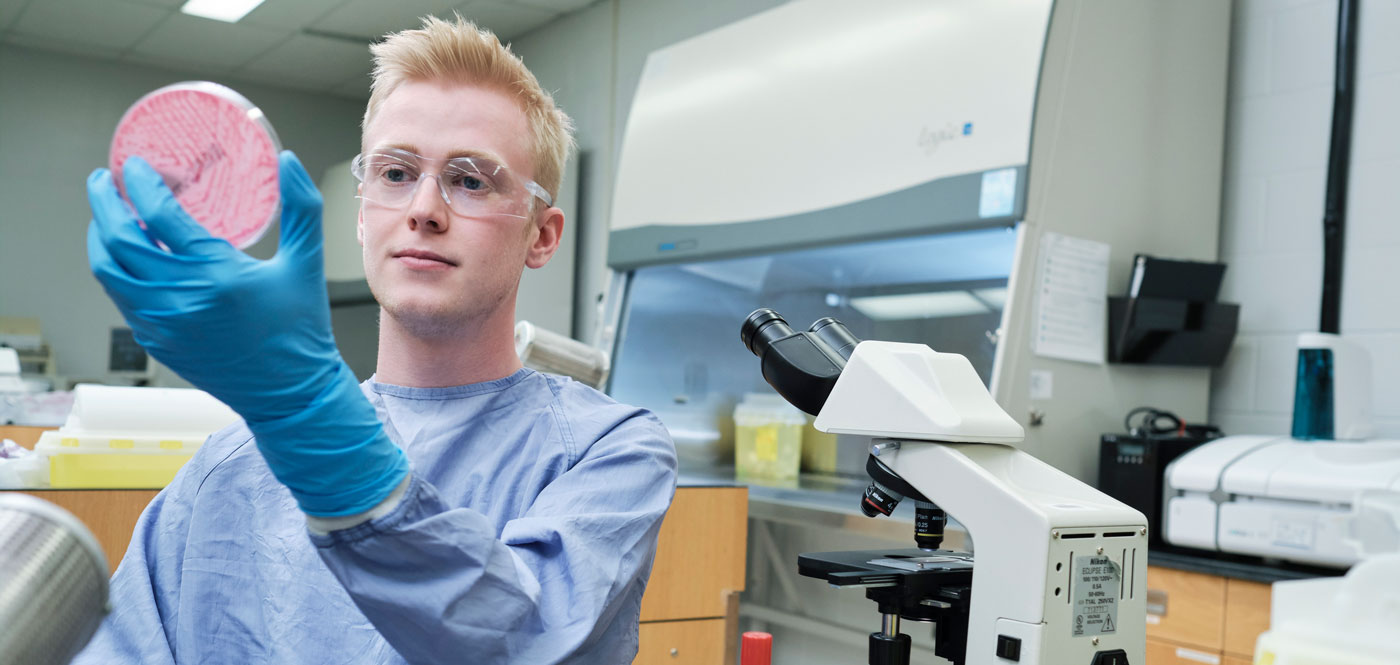Inside the Daily Routine of a Medical Laboratory Technologist
While doctors and nurses are often the face of healthcare, there’s a crucial group of professionals working behind the curtain—medical laboratory technologists. These experts are vital in uncovering the data behind a diagnosis, influencing treatment choices, and supporting public health. But what does a typical workday actually involve for them?
Here’s an inside look at the daily responsibilities and rhythm of a medical laboratory technologist (MLT).
Morning Kickoff: Setting the Stage with Precision
MLTs typically start their shifts bright and early, well before the patient areas start filling up. Their morning involves getting the lab in order—calibrating diagnostic machines, checking quality assurance samples, and ensuring that all instruments are functioning properly before testing begins.
In laboratory science, accuracy is non-negotiable. A small miscalibration could result in a misdiagnosis, so quality checks at the start of the day are not just routine—they’re essential. Every detail must be logged and verified to meet regulatory standards.
Handling and Prepping Patient Samples
As the morning progresses, the lab begins receiving various patient specimens such as blood, urine, swabs, and tissue samples. The technologist checks that each sample is correctly labeled, matches patient records, and is sorted according to priority—especially in critical cases.
The way each sample is prepared depends on its purpose:
- Blood samples might be spun in a centrifuge to separate plasma.
- Tissue specimens are often preserved and sliced thinly for slides.
- Bacterial cultures must be grown under controlled conditions for accurate identification.
Every step demands careful attention—one misstep could compromise test results, making vigilance a constant part of the workflow.
Running Tests and Interpreting Data
This is where the technologist’s skills truly shine. Based on their area of specialization, an MLT might carry out:
- Blood analysis (like CBCs)
- Microbial identification in infection cases
- Biochemical panels (for organ function checks)
- Immune response testing
- Genetic or viral detection, such as PCR for infections
Though many procedures are automated, experienced technologists oversee these systems, ensure the validity of results, and step in when anomalies arise. Once testing is complete, findings are reviewed, confirmed, and entered into the digital medical system, with any urgent issues immediately flagged for physicians.
Teamwork Behind the Scenes
MLTs may not be seen by patients, but they’re deeply integrated into the healthcare team. They collaborate closely with nurses, doctors, and lab managers to:
- Notify physicians of critical or abnormal findings
- Investigate unexpected results
- Work alongside pathologists on complex cases
Their expertise directly influences patient outcomes, especially when fast, accurate results are needed in emergency situations.
Ongoing Learning and Lab Development
The field of laboratory medicine evolves constantly, and MLTs must stay informed. Many carve out time during the day to read up on new diagnostic tools, safety updates, or best practices.
Some technologists also take on mentorship roles, helping train new lab staff, updating procedural manuals, or even contributing to clinical research studies.
Wrapping Up the Day: Records and Equipment Care
Before clocking out, MLTs make sure all tests are completed, machines are shut down or cleaned, and reports are filed. They also brief the next shift to maintain continuity and prevent disruptions. Proper documentation and lab maintenance are part of ensuring the lab runs efficiently and stays compliant with health regulations.
